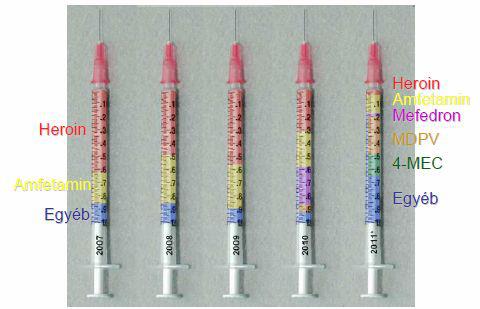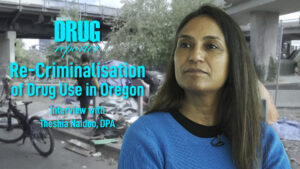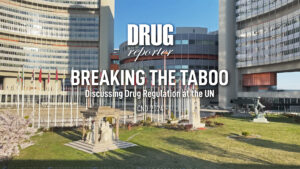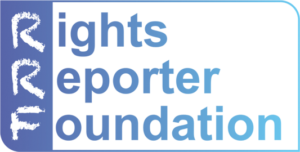The government declares a great victory in war on drugs, NGOs say criminalization is not the solution
A generic ban on new psychoactive substances came into effect in Hungary on 2 April. The 66/2012. (IV.2.) government decree introduced a new schedule for new psychoactive substances, the so called List-C. Production, distribution, importation and exportation of these substances is a criminal offence punishable by 3 years' imprisonment. Similarly to the UK system (Temporary Class Drug Order), the Hungarian government has 12 months to make a risk assessment of the substances on List-C; after the assessment, the government decides to permanently ban the drug (that is, to place it to one of the schedules of illicit drugs) or lift the temporary ban completely. List-C does not only include individual substances, but whole families of substances (for example, the Cathinone family). The idea of a generic ban also comes from the UK. The possession of new psychoactive substances for personal use is not criminalized.
|
Has Heroin disappeared? The Hungarian Institute for Forensic Sciences (BSZKI) is a government institution commissioned to analyse illicit drugs seized by law enforcement authorities. The latest issue of its quarterly newsletter highlights a complete restructuring of illicit drug markets in Hungary: While the use of traditional drugs such as Heroin and Amphetamine has been falling for several years, the use of new psychoactive substances (“legal highs”) is on the rise. What is more, according to the analysis of residual substances on needles and syringes, Heroin has almost disappeared from the market. In 2007, before the rise of designer drugs, approximately two-thirds of injectors contained Heroin, but in 2011 this was down to just a few percent. This trend is confirmed by harm reduction service providers, who have reported a growing need for sterile equipment due to the spread of “legal high” use among IDUs. According to the BSZKI’s statistics, more than two-thirds of the substances identified on used needles and syringes were “legal highs” in 2011. After the ban of Mephedrone in 2011, MDPV and 4-MEC became the most popular “legal highs”. This trend is a serious challenge for the traditional harm reduction approach to IDUs, since it means that opiate substitution treatment (OST) is no longer a solution in most cases. |

The proportion of residual substances found on analyized needles and syringes in Hungary (egyéb = other)
Miklós Réthelyi, the Minister of National Resources (NEFMI) applauded the new legislation as a major victory over drug trafficking. He claimed that drug use has decreased as a direct impact of the new legislation, and this saves lives. Dr. Gábor Zacher, a toxicologist of the major emergency unit where overdosed patients are treated in Budapest, confirmed the fact that significantly fewer overdosed people have been hospitalised since the introduction of the new generic ban. However, not all professionals are so optimistic. Dr. József Rácz, a leading researcher and service provider, said the list is a necessary step, but without an integrated, strategic approach, law enforcement measures are not enough. He pointed out that the government should put much more emphasis on public education and research.
“List-C is not a silver bullet,” argues Peter Sarosi, the head of the Drug Policy Program of the Hungarian Civil Liberties Union (HCLU). “Many governments have declared victory in the war on drugs, but history has proved that they were wrong.” In his article in a major daily, Népszabadság, he predicts the drug market will overcome the difficulties caused by the generic ban on new substances, and the market will balance itself. He refers to the example of the UK, where similar legislative measures could not stop the flow of new substances – according to a report from the Association of Chief Police Officers (ACPO). In addition, there are constitutional concerns with the generic ban, because lay people cannot determine what is legal and what is illegal – this violates the principle of legal certainty and clarity (people should be able to know, with certainty, whether or not their actions are illegal).
Posted by Peter Sarosi




